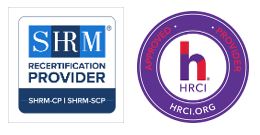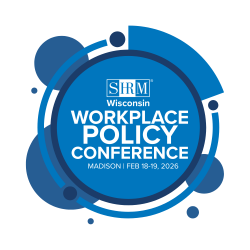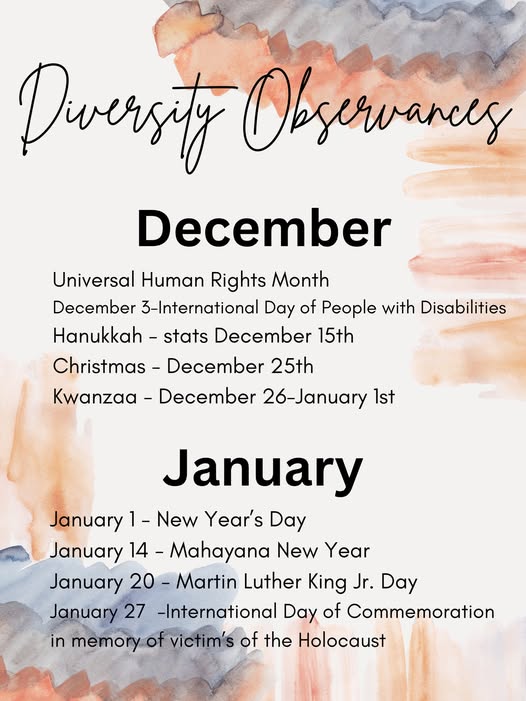December 2025 |
HR InTouchThe Monthly Newsletter of the Greater Madison Area SHRM |
|||||||||||||||||||||||||||||||||||||||||||||||||
In This EditionPresident's Message
Legal Update:The Fair Credit Reporting Act Applies to Employment Background Checks Compensation and Benefits
Save 50% On SHRM National Membership Now Through December 31, 2025! Meet, Greet, and Eat January 8th Professional Development Summit January 20th 2026 Wisconsin Workplace Policy Conference
Second Harvest Foodbank Partnership Opportunities Diversity Observances in December and January
GMA SHRM Retiree Membership Welcome New Members! Congratulations to our 1, 5, 10, 15 and 20 year anniversary members!
|
Government Affairs & Legal Updates The Fair Credit Reporting Act Applies to Employment Background ChecksSubmitted by Submitted by Emmerson Mirus, Brian P. Goodman, and Storm Larson, Attorneys at Boardman & Clark LLP, a Platinum Partner
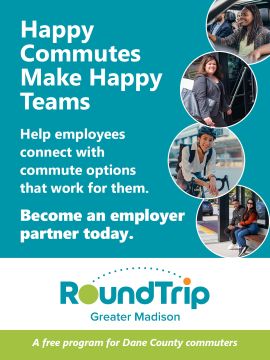 Many employers contract with a company to perform comprehensive background checks on applicants prior to hiring (or after a conditional offer). When using a third-party background check vendor, employers must comply with the Fair Credit Reporting Act (FCRA). Some employers use the state Department of Justice or search on CCAP to conduct background checks. Those searches don’t trigger FCRA, but employers should be cautious when relying on them since they often miss charges and convictions that took place outside of Wisconsin. Many employers contract with a company to perform comprehensive background checks on applicants prior to hiring (or after a conditional offer). When using a third-party background check vendor, employers must comply with the Fair Credit Reporting Act (FCRA). Some employers use the state Department of Justice or search on CCAP to conduct background checks. Those searches don’t trigger FCRA, but employers should be cautious when relying on them since they often miss charges and convictions that took place outside of Wisconsin.If FCRA applies, employers have to provide a compliant notice to the applicant prior to conducting the background check. If the employer is going to take adverse action against the applicant, i.e. not hiring them, based on the results of the background check, the employer has to provide compliant pre-adverse action and final action notices. Any adverse action must comply with state arrest and conviction record discrimination law. Some employers rely on their background check providers to provide FCRA-compliant forms. However, FCRA compliance is the responsibility of the employer. Employers also have to notify their background check vendors for the vendors to provide pre-adverse action and final action notices. Otherwise, the provider will not know to send the notices out. Employers need to be aware of their obligations under FCRA and not rely solely on a third-party provider. Return to Top Board Spotlight: Government Affairs CommitteeSubmitted by Mai Xiong, Director of Government Affairs
The Government Affairs Committee helps to keep our members informed and connected to the ever-changing legislative and regulatory landscape impacting human resources. From crafting articles for the GMA SHRM newsletter to securing dynamic speakers for events like the November PDS and the Workplace Policy Conference, this committee ensures critical legal topics are front and center. Beyond education, they actively build bridges with local elected officials, creating opportunities for meaningful dialogue and collaboration with our members. Their work is all about turning policy into partnership: keeping you informed, engaged, and ready for what’s next. Government Affairs Volunteer Spotlight - Dr. Barb Buffington
|
|||||||||||||||||||||||||||||||||||||||||||||||||
| Amanda | Bardosy | PHR | Clasen Quality Chocolate |
| Molly | Curtin | QPS Employment Group | |
| Angela | Dock | Alliant Energy | |
| Richard | Downey | SHRM-CP | Village of Deerfield |
| Lizzie | Druke | UW-Madison | |
| Stephanie | Fredrick | SHRM-SCP | Above the Bar Marketing |
| Signey | Hanley | Catalent | |
| Bradley | Hefty | Boardman & Clark LLP | |
| Kara | Hetzel | Wind River payments | |
| Nicole | Weiss | SHRM-CP | Hospital Sisters Health System |
Return to Top
Congratulations to these members celebrating milestone anniversaries!
Sarah Maier
Paige Jacoob
Kaitlyn Blanchette, SHRM-CP
Jennifer Sweeney
Lori Dorn, CLM
Brianna Quasius, SHRM-SP
Mike Kolozsi
Sara Capadona
Jim Smaciarz, HRCG
15 Year! (2010)
Beth Davison
Return to Top
HR InTouch Guidelines
Don’t forget to add us on Social Media to see updates, events, general HR knowledge, and more!
Facebook: https://www.facebook.com/GMASHRM
LinkedIn: https://www.linkedin.com/company/gma-shrm


 Storm Larson
Storm Larson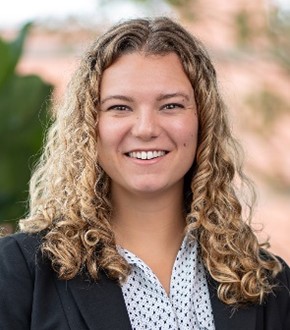
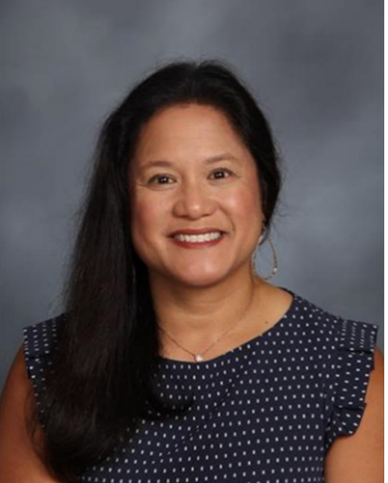 Dr. Barb Buffington serves as Director of Employee Services for the Middleton-Cross Plains Area School District, where she directs HR operations for a top-ranked district serving 7,100 students and 1,160 staff members. She joined GMA SHRM in December 2023 and began volunteering with the Government Affairs/Relations Committee in July 2025, drawn by her passion for public policy and her interest in strengthening employee relations.
Dr. Barb Buffington serves as Director of Employee Services for the Middleton-Cross Plains Area School District, where she directs HR operations for a top-ranked district serving 7,100 students and 1,160 staff members. She joined GMA SHRM in December 2023 and began volunteering with the Government Affairs/Relations Committee in July 2025, drawn by her passion for public policy and her interest in strengthening employee relations.
